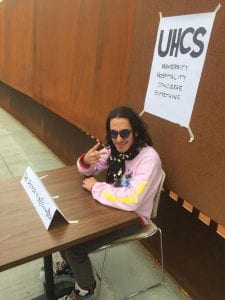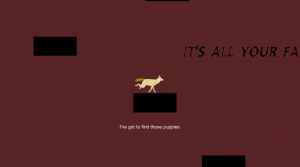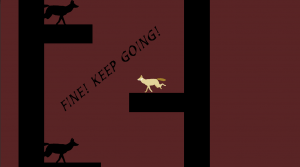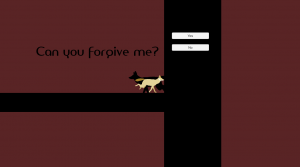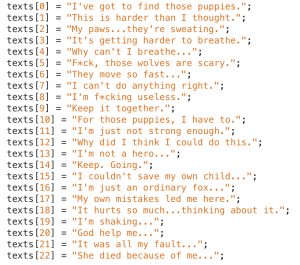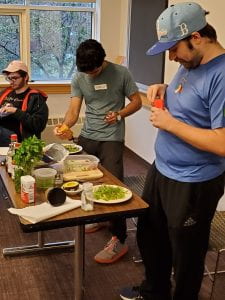My partner Pranav and I decided to collaborate together for the final project. We wanted to make a game based on overcoming control from a mentally abusive character. The game involved writing a lot of dialogue that was very demeaning and hurtful, however the point of our game wasn’t to hurt people but to try to set up the challenge of overcoming adversity. The influence for our game came from a game that was shown in class called Loved. The basis of that game is based on the world changing around whether you listen to the narrator or not. If you go against the narrator the world alters and the narrator gets more and more upset and angry with you. I wanted to make something that I could relate to. A big personal influence on making our game came from when I dealt with people personally with verbal and mental abuse from an ex and old “friend group”. Being in those circumstances were extremely difficult time but I want to be able to tell people that you can overcome no matter how hard it is. It will take its time but its do-able!
I never really thought I would make a game about this kind of topic but after this semester it felt right to make this kind of game and I am pleased with how its turned out so far and maybe one day I can take this game and make it something special.
Here below are some designs for a level in our game and a quote from the abusive narrator.



